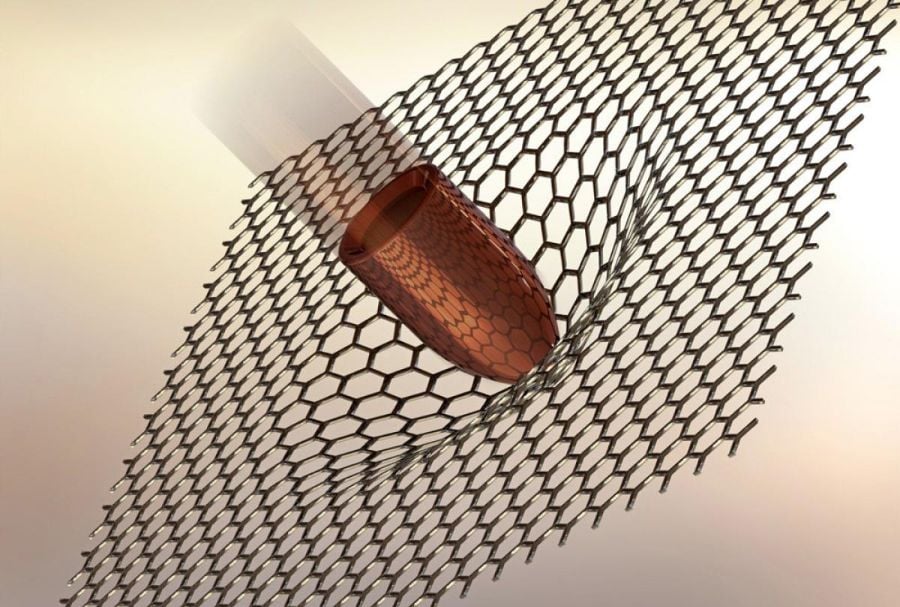
The team aims to produce tough and lightweight body armor that can be used to protect against poison gas, microbes, projectile impacts, and more.
The research team from the University of Houston has developed a new method to produce multilayered coatings to protect soldiers against toxic gas, lasers, bullets, and other dangers, using chitin and 3D printing techniques. According to chemical and biomolecular engineering professor, Alamgir Karim, though corn is known as a sustainable material, chitin holds promise as a commonly accessible material that can be processed and used in some products now known as petroleum- Based plastic is required. Chitin derived from mushrooms, shrimp, and other organisms can cause new 3D-printed polymer coatings to protect soldiers from hazards.
Chitin is also found in the cellular walls of many other organisms such as fungi, protozoa, and nematodes. However, chitin has found many applications in recent years in medicine, agriculture, and new materials development. Now, the team is looking to turn chitin into a high-impact, biodegradable, bio-based coating for military applications. Moreover, the research is granted by the United States Defense Department with US$ 600,000. The team aims to produce tough and lightweight body armor that can be used to protect against poison gas, microbes, projectile impacts, and more. Chitin has a long-chain polymer structure that is held by acetyl groups. The chitin becomes chitosan when these groups are removed.
Chitosan is often sold as a dietary supplement and is easier to handle. The researchers are more concerned about developing mushrooms as a source of chitosan because they enable a steadier and consistent polymerization procedure. The researchers are modifying its surface structure to convert chitosan into a workable coating to help it form functional layers. These layers can be prepared by 3D printing for different tasks with different layers, including an energy-absorbing layer that acts as a crumple zone on the vehicle, one that absorbs a textile layer for adhesion and toxic gas using charcoal nanoparticles. Moreover, the team stated that such coatings may also have applications for construction, automotive, and other industries.






